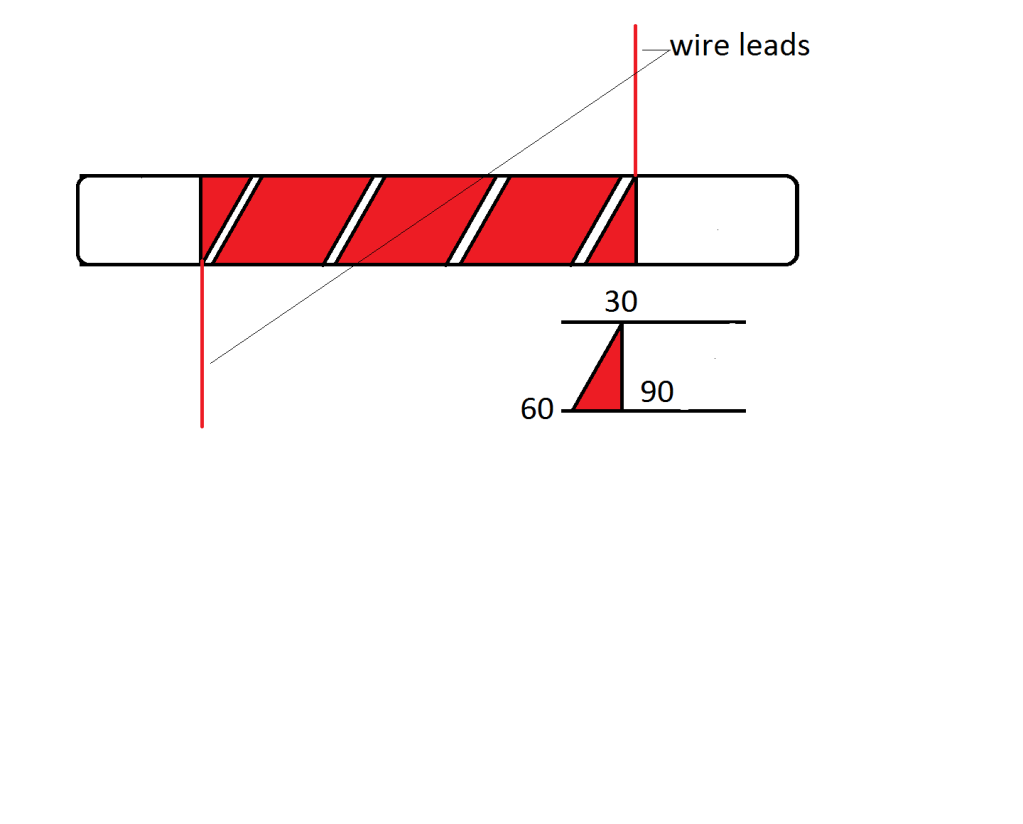Originally posted by Blue_Serge
View Post

Questions:
1) How much power your NST consumes to power 100W bulb?
2) Do you use AV HV diode plug to charge capacitor before spark gap?
3) Your oscilloscope shows deceasing self oscillations. Did you try to reach resonance and reverse it to increasing self oscillations?

 That is good news. But the Utkin paper is very sparse with explanations for mere mortals and greenhorns like me. So please keep teching us! Thanks for your commitment!
That is good news. But the Utkin paper is very sparse with explanations for mere mortals and greenhorns like me. So please keep teching us! Thanks for your commitment!
Comment